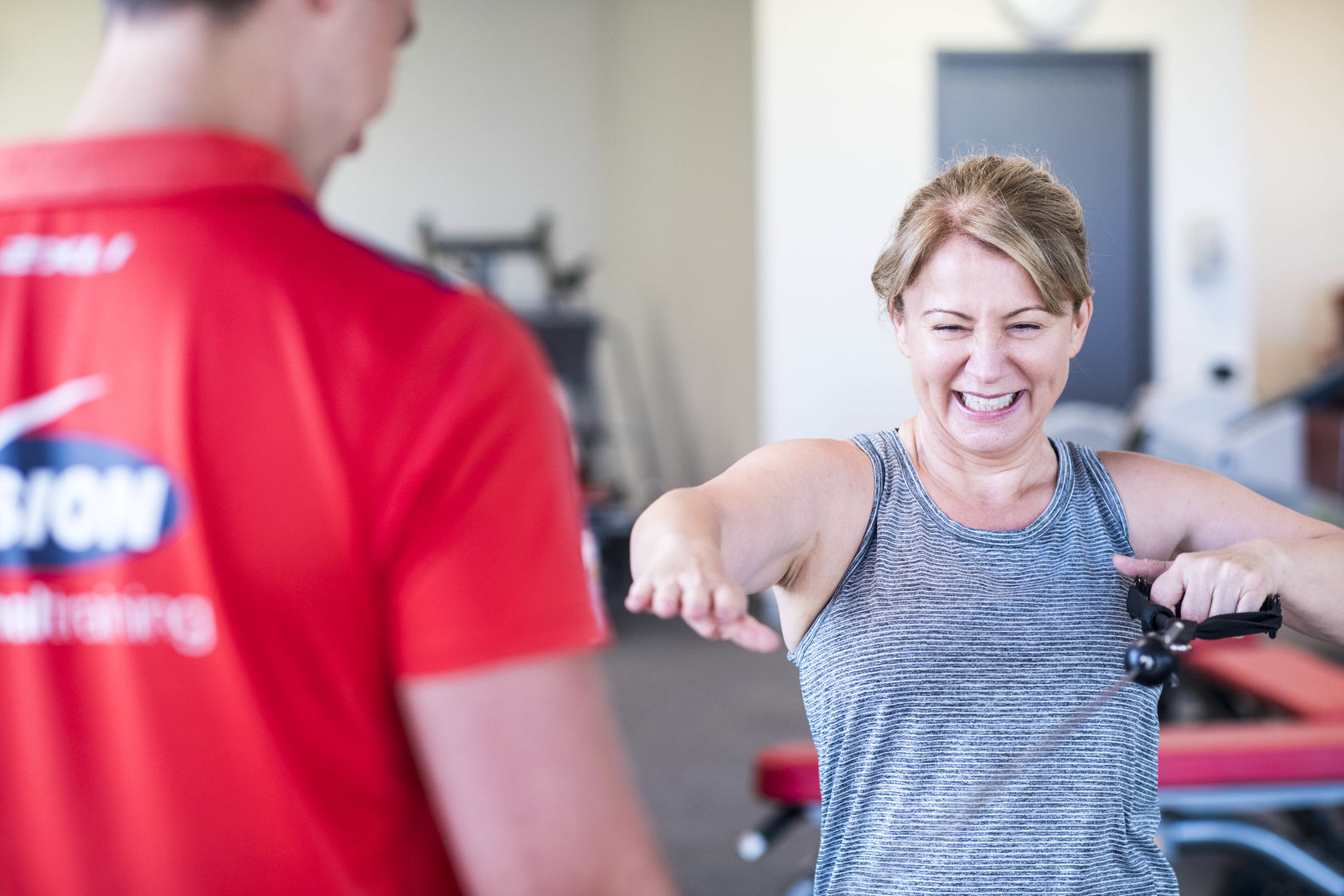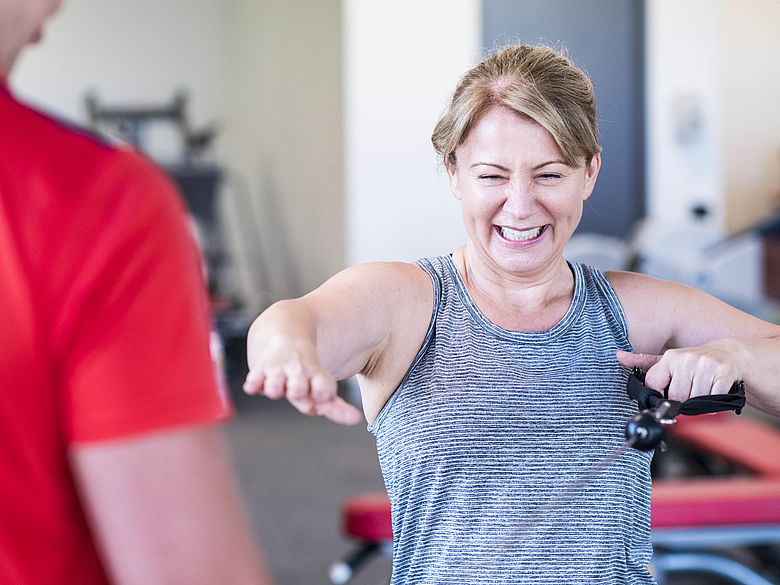The shoulder joint or glenohumeral joint is a ball and socket joint. The humeral head articulates with the glenoid on the scapula. To describe the joint in a better think of a golf ball sitting on tee, meaning there is not much contact between the 2.
To keep these together there are ligaments and the rotator cuff muscles. The ligaments work when your arm is still or static and out to the side (abducted) the anterior and posterior parts of the inferior glenohumeral ligament stop the head of the humerous going forwards or backwards.
When the shoulder is moving the dynamic stabilisers of the shoulder are the rotator cuff which is what most people would have heard of. Did you know you have 4 muscles that make up the rotator cuff? These are as followed
Supraspinatus, Infraspinatus, Subscapularis, Teres minor
These help stop the humeral head go upwards and out of the joint as the deltoid wants to lift it this way when taking the arm out to the side.
It's important that all the muscle work around the shoulder and the shoulder blade (scapula) moves smoothly across the rib cage. This is known as scapulohumeral rhythm and required for full movement of the shoulder joint. A lot of other muscles are involved in this process, these include:
Trapezius- upper, middle and lower.
Rhomboids - the ones between your shoulder blades your trainer gets you to squeeze in row
Levator scapulae - top of the shoulder blade into the base of the skull
Serratus anterior - looks like ribs under the arm pit when you look at a boxer
Pec minor
All these muscles above have work together for the joint to glide effectively. If there is an imbalance on these muscles injury can occur as the scapula doesn't move correctly causing problems somewhere. One of the most common injuries due to imbalance is supraspinatus impingement. This can occur due to the humeral head lifting upwards and squashing the muscle into the acromion process of the scapula as it goes through a small gap that relies on the humeral head staying in position. Muscular imbalances can occur as we get older and find ways to make movement easier for use even though it might not be the best. Another problem is posture which you can read about in an earlier article.
Other injuries that can occur are as followed:
Labral tear - the labrum is fibrous tissue that goes around the edge of the glenoid increasing its size and depth. This can be torn from throwing an object or even carrying something heavy. Pain will be felt when arm is behind the back and overhead activities.
Rotator cuff tendinopathy - this is calcification of the tendon. It can happen in anyone of the 4 muscles but is most common in the supraspinatus. Pain will be felt with activities overhead such as throwing and swimming.
Anterior dislocation of the humerous - this is the most common of the traumatic injuries that occurs in the shoulder. This occurs with excessive abduction and external rotation causing the humerous coming forward and out of the joint. This can lead to future instability due to ligaments and potential damage to the labrum. This only occurs though if rehabilitation is not done.
If you have any further questions about the shoulder, Senior Trainer Drew Robinson is your man to see. Drew will endeavour to help you and point you in the right direction.
View previous articles Drew has written with detailed information. Drews article on Knee pain is popular, click link below to view:
*Disclaimer: Individual results vary based on agreed goals. Click here for details.

